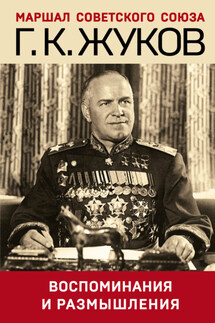Antonio Gramsci and Anti-bureaucratic revolution - страница 6
On the experience of the First Revolution of 1905—1907 and the February Revolution of 1917 it was possible to make sure that the bourgeois-democratic revolution is significantly different from the previous bourgeois revolutions, firstly, in its driving forces and, secondly, in the forms and objectives of the struggle. The driving forces of the bourgeois-democratic revolution are the working class and the peasantry. The enemies of the revolution were not only the landowners, but also the big bourgeoisie. Revealing the dialectics of the first bourgeois-democratic revolution in Russia, Lenin wrote: “The peculiarity of the Russian revolution lies precisely in the fact that it was bourgeois-democratic in its social content, but proletarian in its means of struggle.” In the new historical conditions, the issue of the development of the bourgeois-democratic revolution into a socialist one has become urgent. The Mensheviks metaphysically divorced the socialist revolution from the bourgeois-democratic revolution; they did not see the dialectic of one growing into another. Lenin thoroughly criticized the Menshevik dogmas and contrasted them with the scientifically based theory of the transformation of the bourgeois-democratic revolution into a socialist one. “The proletariat must carry out the democratic revolution to the end, joining the mass of the peasantry in order to crush by force the resistance of the autocracy and paralyze the instability of the bourgeoisie” [Сталин, 117].
The proletariat must accomplish a socialist revolution, joining a mass of semi-proletarian elements of the population to crush the resistance of the bourgeoisie by force and paralyze the instability of the peasantry and the petty bourgeoisie. An analysis of the peculiarities and patterns of imperialism led Lenin to a new conclusion regarding the ways of realizing the socialist revolution.
As you know, Marx and Engels believed that a socialist revolution can only triumph simultaneously in all the major capitalist countries or in most of them and cannot win in a single country. This position of Marx and Engels stemmed from an analysis of the laws governing the development of pre-monopoly capitalism.
In the era of imperialism, its omnipotence is undermined by the aggravation of contradictions and the growth of the labor and national liberation movement. The contradictions between the imperialist countries have grown significantly, which creates the possibility of a split in the combined forces of imperialism. Creating a new theory of the socialist revolution, Lenin primarily proceeded from the law of uneven economic and political development in the era of imperialism. “The unevenness of economic and political development,” wrote Lenin, “is the absolute law of capitalism. It follows that the victory of socialism is possible initially in a few or even in one, separately taken, capitalist country” [Ленин, 65].
Since the victory of the socialist revolution in one country, taken separately, inevitably provokes the desire on the part of the bourgeoisie of the imperialist states to defeat the victorious proletariat, the possibility of a new type of war follows from here. During them, the victorious proletariat in alliance with the working masses of the peasantry, with the support of the proletarians of other countries, must defend their socialist fatherland with arms. Summarizing the experience of revolutions in Russia and in other countries, Lenin developed the question of the ways and forms of development of the socialist revolution. Depending on the specific historical conditions, on the correlation of class forces, the socialist revolution takes place in a non-peaceful way, i.e. in the form of the armed struggle of the proletariat and the workers following it with the exploiters, or peacefully, that is, without an armed uprising, without a civil war, or in a dialectical connection and mutual transitions of both forms of development of the revolution.






